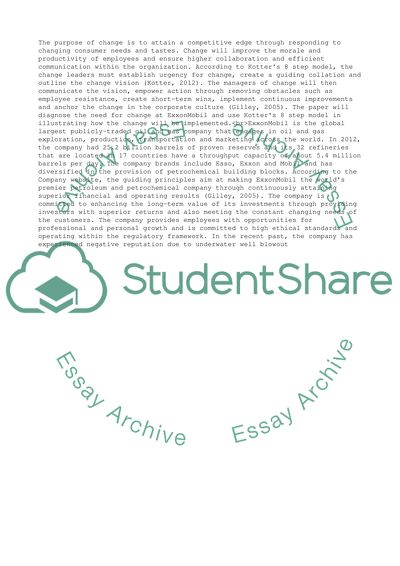Cite this document
(Organizational Change Term Paper Example | Topics and Well Written Essays - 2500 words, n.d.)
Organizational Change Term Paper Example | Topics and Well Written Essays - 2500 words. https://studentshare.org/management/1828711-organizational-change
Organizational Change Term Paper Example | Topics and Well Written Essays - 2500 words. https://studentshare.org/management/1828711-organizational-change
(Organizational Change Term Paper Example | Topics and Well Written Essays - 2500 Words)
Organizational Change Term Paper Example | Topics and Well Written Essays - 2500 Words. https://studentshare.org/management/1828711-organizational-change.
Organizational Change Term Paper Example | Topics and Well Written Essays - 2500 Words. https://studentshare.org/management/1828711-organizational-change.
“Organizational Change Term Paper Example | Topics and Well Written Essays - 2500 Words”. https://studentshare.org/management/1828711-organizational-change.


